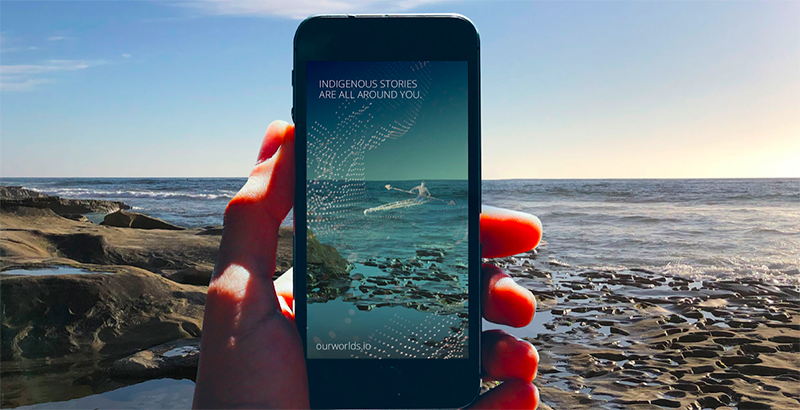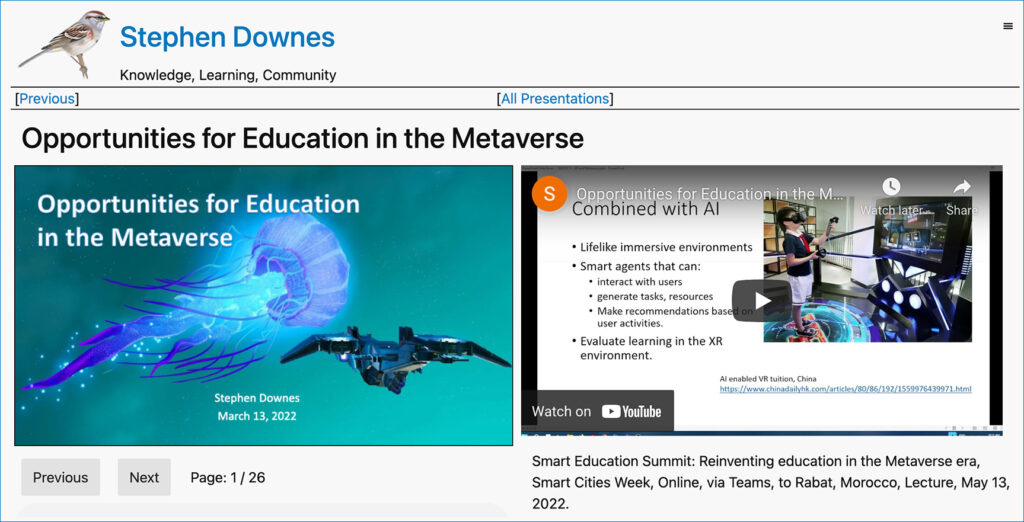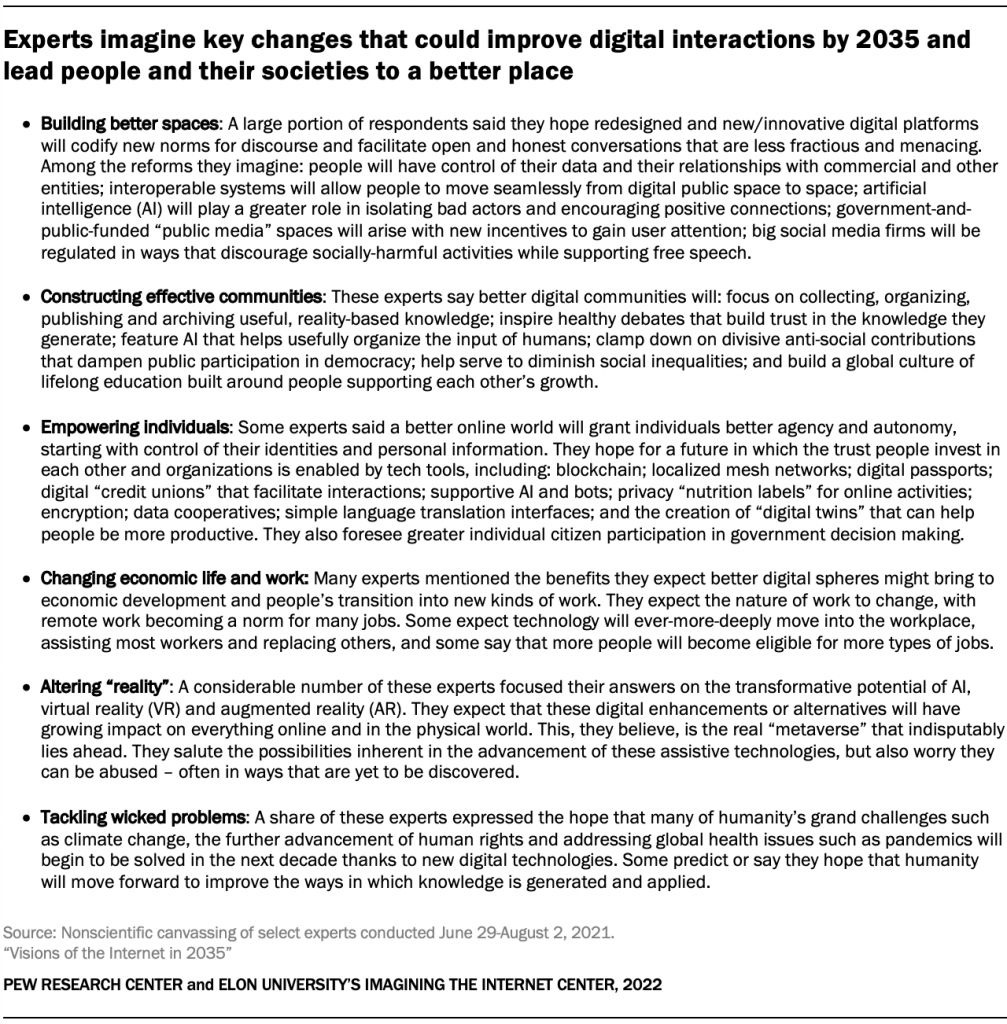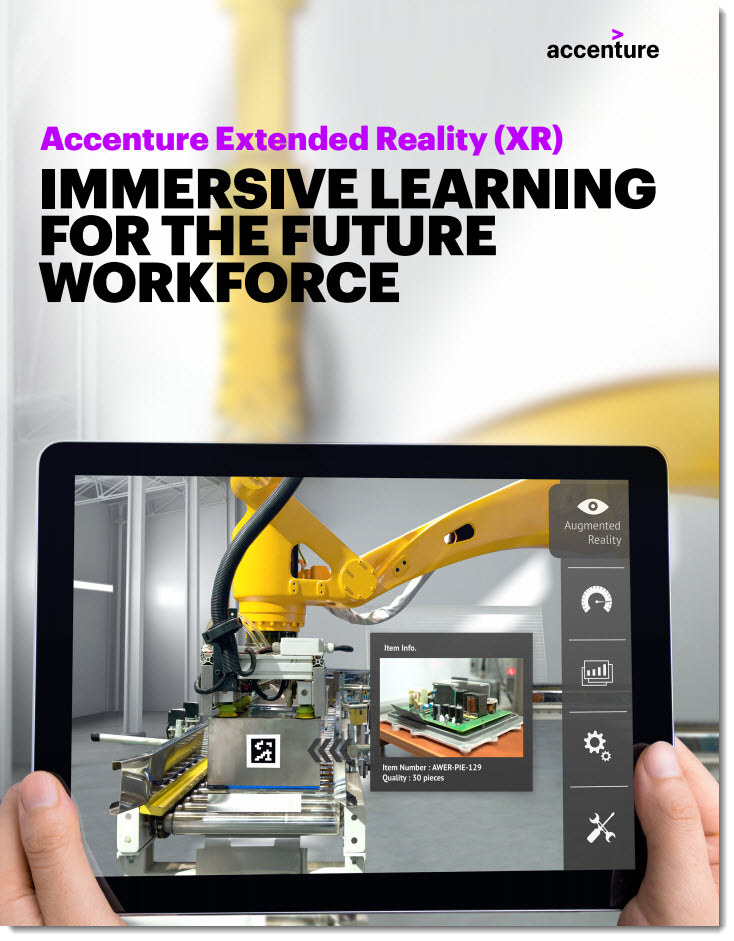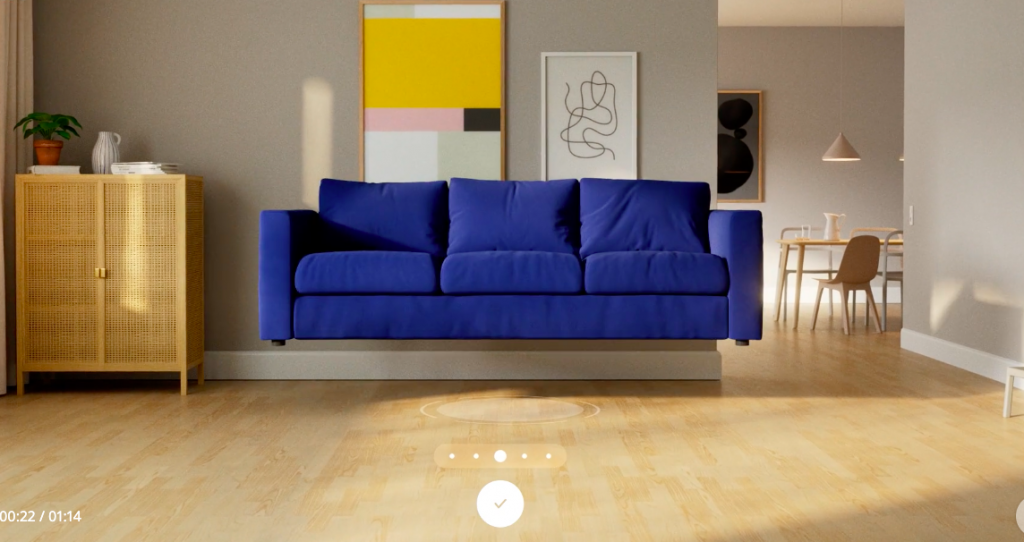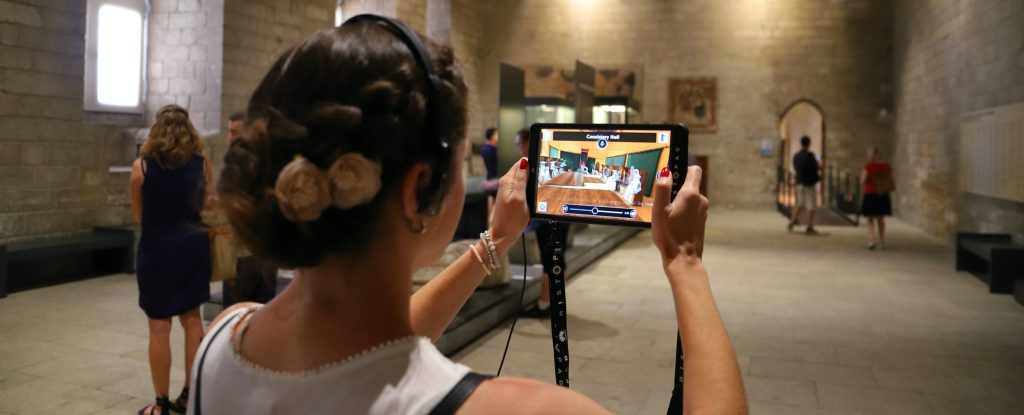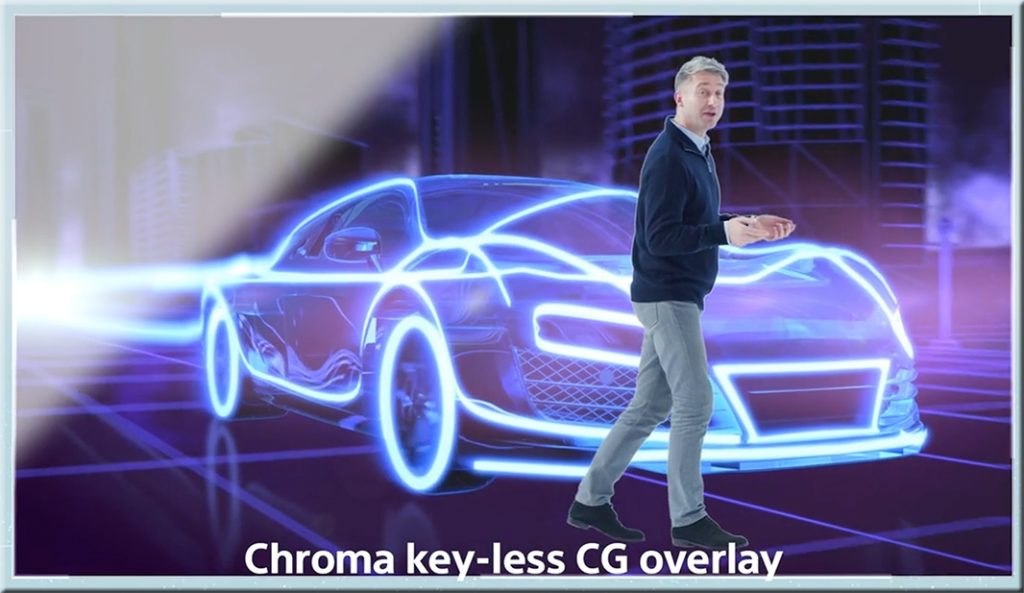SXSW EDU Launch Winner Our Worlds Bringing Native American Culture to Life Through Mobile-Based Immersive Reality — from the74million.org by Tim Newcomb
Excerpt:
Take a stroll along the La Jolla Shores Beach in San Diego, and you might find sand between your toes. But users of the new Our Worlds app, winner of the 2022 SXSW EDU Launch Competition, might also find much more. Through augmented reality, they can look at that same stretch of beach and see handmade tule boats from the local Kumeyaay tribe.
Our Worlds launched to highlight Native American history via modern-day technology, putting what founder and CEO Kilma Lattin calls “code to culture” and pushing Native American civilization forward. Lattin says Our Worlds offers a full suite of technology — virtual reality, augmented reality, artificial intelligence — to capture all the components that make a culture.
Apple’s first AR/VR headset inches closer to launch — from protocol.com by Nat Rubio-Licht
The company reportedly showed off the device to board members as it makes progress on the headset’s operating system.
Camp K12 Launches Hatch Kids, a Metaverse & AR/VR Creation Platform for Kids — from edtechreview.in by Stephen Soulunii
….
This could be the future of operating rooms@VRScout @Ronald_vanLoon#MixedReality #AugmentedReality #VirtualReality #AI #5G #IoT #DigitalTransformation #HeathTech @IrmaRaste @DeepLearn007 @SpirosMargaris @andi_staub @mvollmer1 @Nicochan33 @enilev
pic.twitter.com/Nq7ePLoS7f— Harold Sinnott ?? (@HaroldSinnott) May 22, 2022









